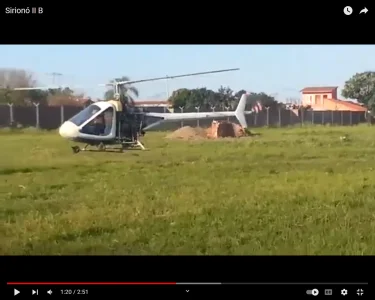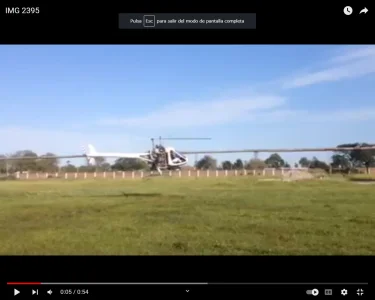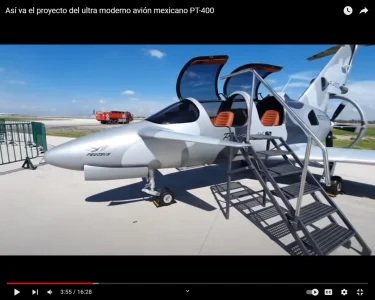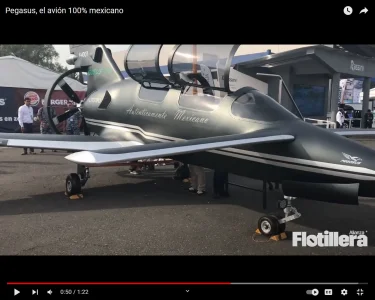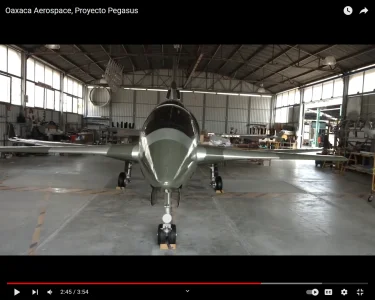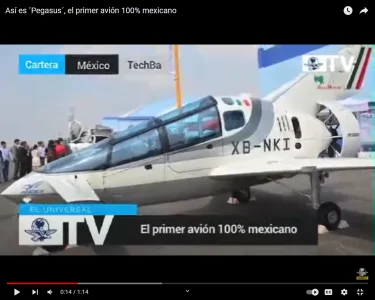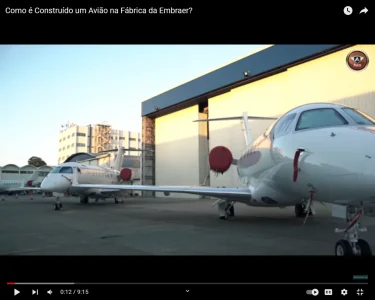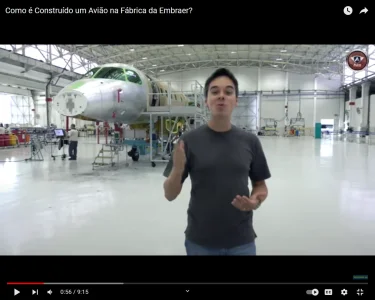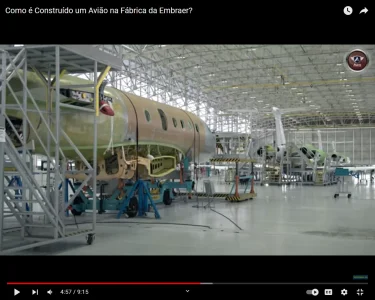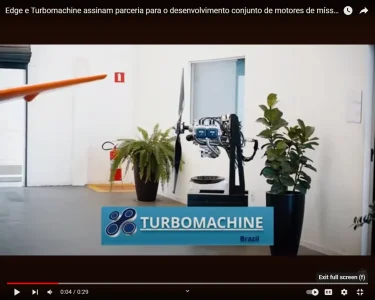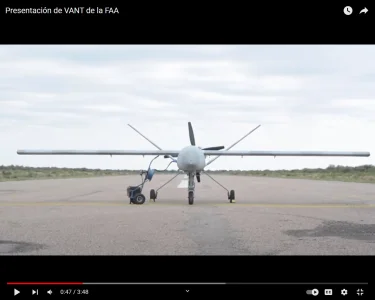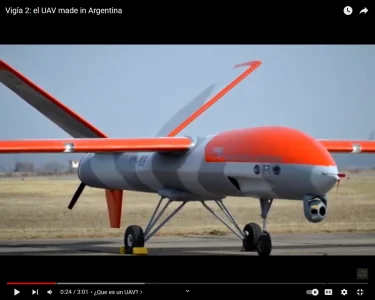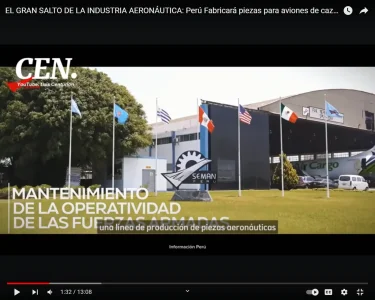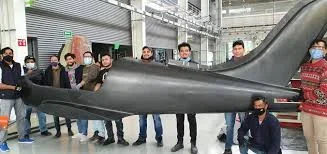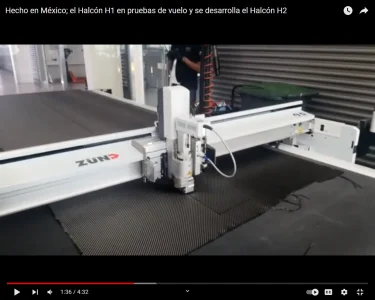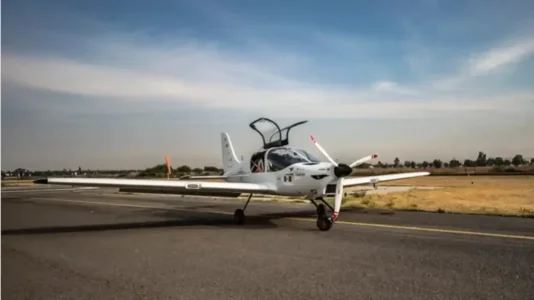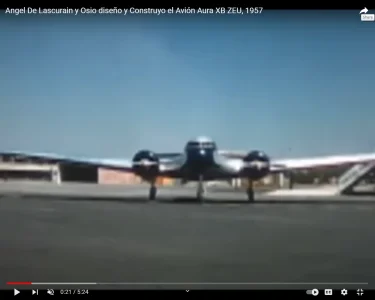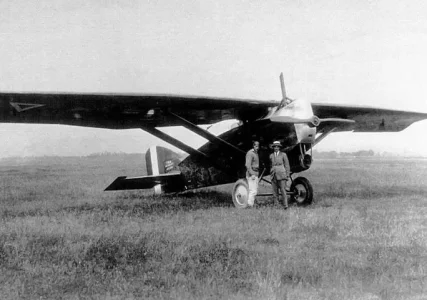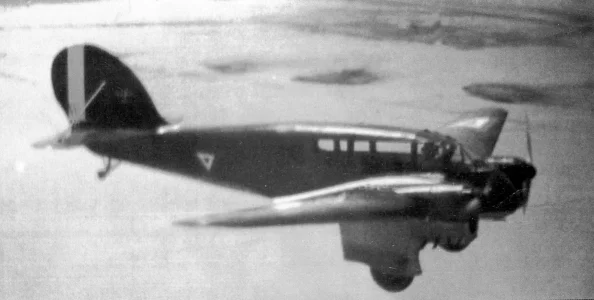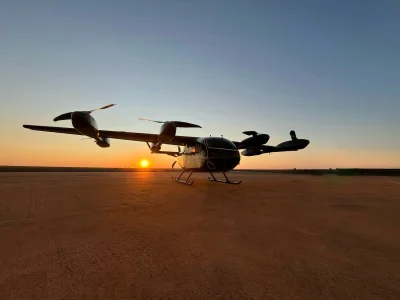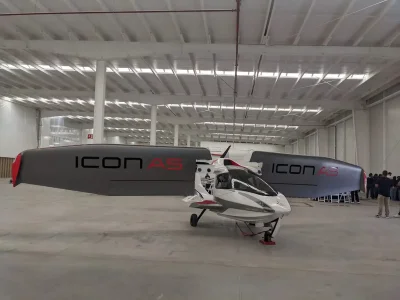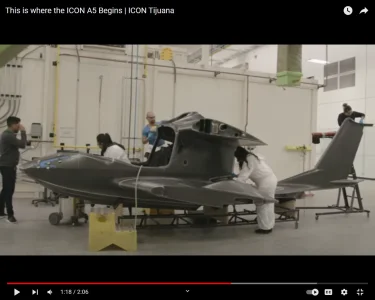Supporting the initiative to create the "Venezuelan Airplane",
the Avlat Group continues with the activities related to materialize this project in the national territory and thus manufacture these aircraft with Venezuelan talent.
This is how the Avlat Group made the presentation of its project before the authorities of the National University of the Armed Forces (UNEFA), in the framework of the celebration of the fifth university council of 2014 in order to create a cooperation agreement and strategic alliance between UNEFA and the Avlat Group to give the green light at the beginning of the manufacture of the Avlat Plane with the talent of students and professionals graduated from this house of studies in the Aeronautical Engineering career.
Mr. Rodrigo Vergara, Director of the Avlat Group, reported the successful outcome of this meeting with the following UNEFA authorities: G / J Jesús González (Rector), G / D Viviam Durán (Administrative Vice Chancellor) and Dr. Martha Díaz (Dean of the UNEFA Nucleus of the Anzoátegui State), where the most important point was the visit of the Avlat Group and UNEFA to the population of San Mateo in the Anzoátegui State, where the land and facilities are located The installation of the AVLAT Airplane factory is planned.
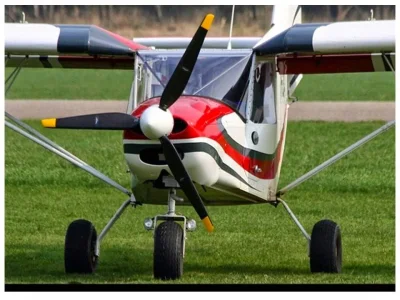

(Aviamil / José Ramírez). Apoyando la iniciativa de crear el “Avión Venezolano”, el Grupo Avlat continua con las actividades relacion...

aviamilve.blogspot.com
(Aviamil / José Ramírez). Las personas que seguimos con dedicación el mundo de la aviación, siempre nos hemos hecho la pregunta ó mejor...

aviamilve.blogspot.com
Early TNCA from mexico 3-E-130 aircraft built in mexico in the 1920s
Tololoche
High-wing monoplane used as a single-seat fighter aircraft, powered by a 160 horsepower Le Rhône 18E engine, it also mounted a machine gun synchronized with the propeller. The only copy received the registration number 3-E-130
Ángel Lascurain together with Antonio Sea redesigned the “Sonora”, this time it was a high-wing monoplane that received the registration 3-E-130 and was nicknamed “Tololoche”, which made its first flight at the end of March 1923. The “Tololoche” had an 18-cylinder 2-row Le Rhône 18E rotary engine of 160 horsepower and a machine gun synchronized with the propeller, with a monocoque fuselage structure completely covered in wood and semi-rigid wings covered in plywood, which were easy to disassemble by using two pins. The decision to use mainly wood for its construction was due to the search for independence of materials, since imported materials were very expensive. Again Ralph O'Neill prevented the serial production of this aircraft on the grounds that it could not be used for military purposes.

MAY 18, 1980
FIRST FLIGHT OF THE TONATIUH
One of the first projects to build airplanes in Mexico for naval aviation, a project that began in 1977, the construction of the first airplane was carried out in the hangars of the Naval Air Station in Mexico City in February 1978.
On May 18, 1980, this single-engine high-wing aircraft equipped with a 235-horsepower Lycoming engine flew in the hands of Captain P.A. Manuel Rodríguez Gordillo, this aircraft received the designation MG-01, which was only built up to MG-06 and the program was canceled in February 1987.
Tonatiuh nationally manufactured experimental aircraft, belonging to the Mexican Navy.
The Tonatiuh was an aircraft designed and built by the Secretariat of the Navy of Mexico, in collaboration with the Higher School of Mechanical and Electrical Engineering (ESIME) of the National Polytechnic Institute (IPN), under the direction of Engineer Cesar Trujillo Carrillo, representing one of the most recent efforts of Mexican aeronautical development, which unfortunately did not prosper, with only six devices being completed and canceled in 1987.
Project started in 1977, it was a single-engine, high-wing aircraft, with low construction and operation costs, designed to be used in primary training, observation and even liaison tasks. It could transport two people. Its first flight took place on May 18, 1980. The design of its wing profile was based on the Bárcenas B-01 crop duster plane designed by engineer David Bárcenas Beutelspacher. It was built in the facilities of the Naval Air Station of the Mexico City Airport. It used a 135 hp Lycoming reciprocating engine of American origin.
This first Tonatiuh (the one in the image) later received the registration MG-01 (the Tonatiuh were numbered from MG-01 to MG-06) and differed slightly in shape from the rest of the production aircraft. The six teams operated in training tasks in the Mexican Navy until the mid-90s. Very unfortunately, none was preserved.

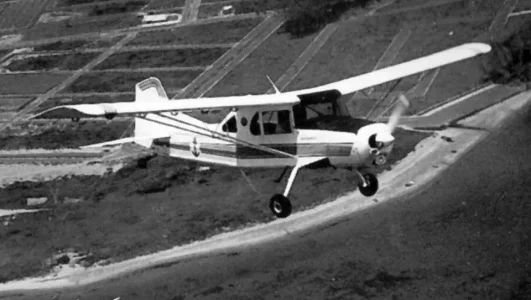 M1 Stela XB-LXH
M1 Stela XB-LXH
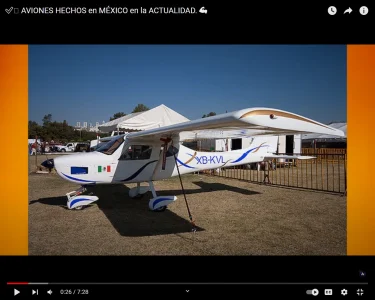
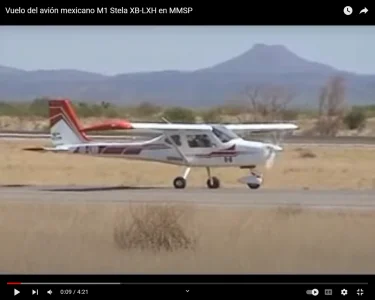
The Mexican company Aeromarmi, was located in the State of San Luis Potosí S. L. P. Established in 2005, by all Mexican partners, designing and manufacturing 100 percent Mexican aircraft, using composite materials technique, which can be simplified to say that Metals are being replaced by resins and carbon and glass fibers, achieving a resistance similar to that of metals but with the lightness of plastic. This elimination of weight achieves an enormous advantage in aviation by also reducing fuel consumption, and achieving with smaller engines, an optimization of the results in terms of consumption and range in the flight of the aircraft, translating into advantages for these aircraft.
With a monocoque and wings made of composite materials, the surface of the aircraft is smooth without joints, screws, rivets or sheets that loosen over time or create maintenance problems, unlike the complete fuselage of aircraft made with this technical they offer a perfect aerodynamic surface and with just regular cleaning they look like new.
Aeromarmi maintains a collaboration agreement with the National Polytechnic Institute, specifically with the ESIME Ticoman School of Aeronautics, which means not only advice, but the use of the academic institution's own laboratories, in order to carry out the tests. necessary resistance, aging and improvements, not only in terms of the fuselage made of composite materials, but also in terms of the general aerodynamics of the aircraft. Likewise, the aeronautics school is working on the calculation and design of four- and six-seat, single-engine aircraft that the company intends to produce in the near future.
The aircraft that the company produced were single-engine, high-wing, with two seats and double control, which makes these aircraft ideal for flight schools or for personal transportation for those who like to practice it and how surveillance aircraft on beaches, coasts, jungles, forests, etc.
The aircraft was equipped with Jabiru engines, four or six cylinders, with powers of 80 and 120 HP, according to the needs that clients requested. The avionics that were installed in the aircraft are basic, and the electronic display in use is complemented by a conventional altimeter, speedometer and tachometer for a double reading of the main devices. On the Fligh DEK – D180 screen, the Dynon Avionics, the oil temperature and pressure, the fuel level, the temperature of each of the cylinders, as well as the speed, elevation and heading of the aircraft in flight are controlled, which which allows the pilot to have the necessary information at all times to make appropriate decisions.
It was based upon the Spanish design Stela Moragon.
Revista InterXtra Aviacion | IXA WebPage
www.ixaviacion.com
View: https://www.youtube.com/watch?v=RqUgoeXTE9w&t=123s
View: https://www.youtube.com/watch?v=yqx3hg_aSyo

